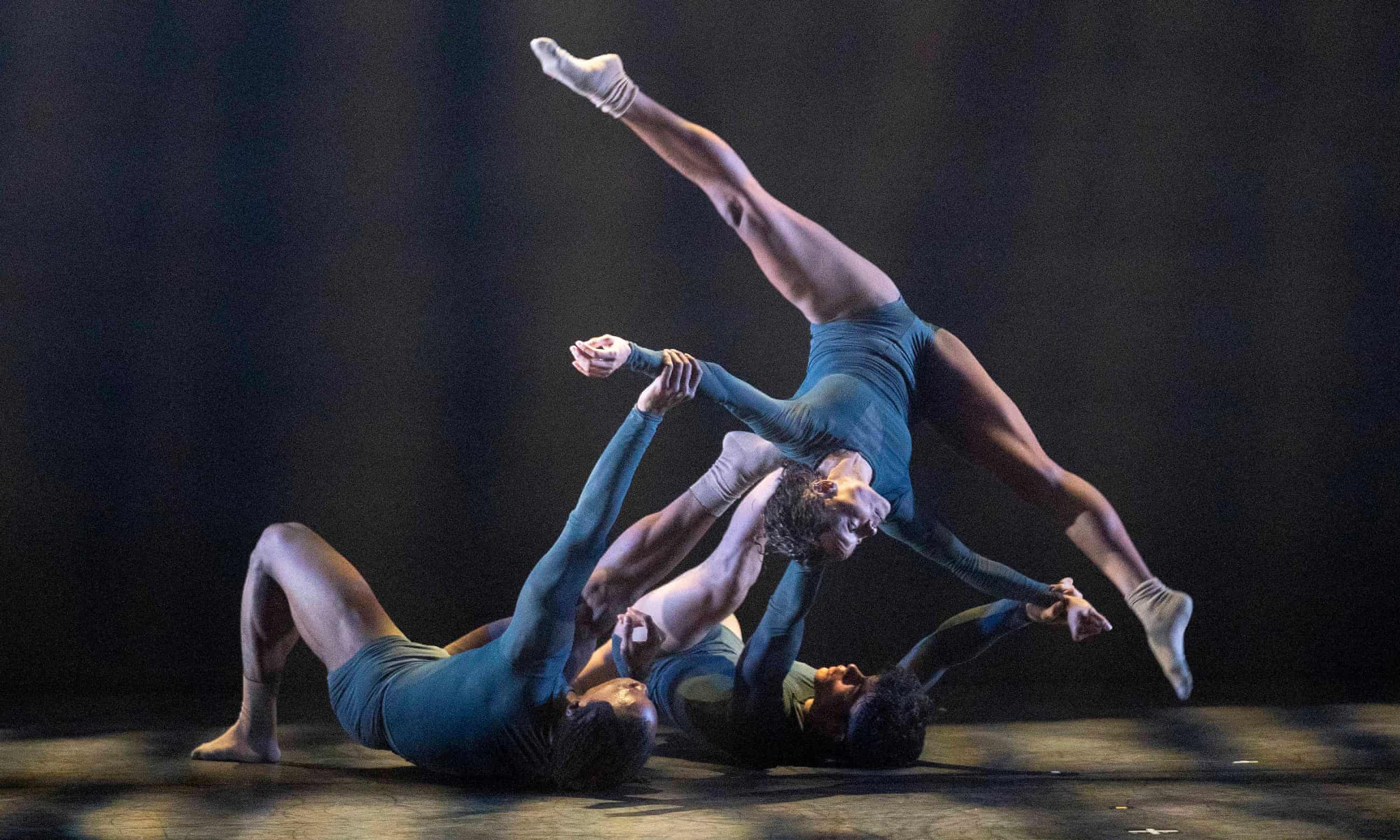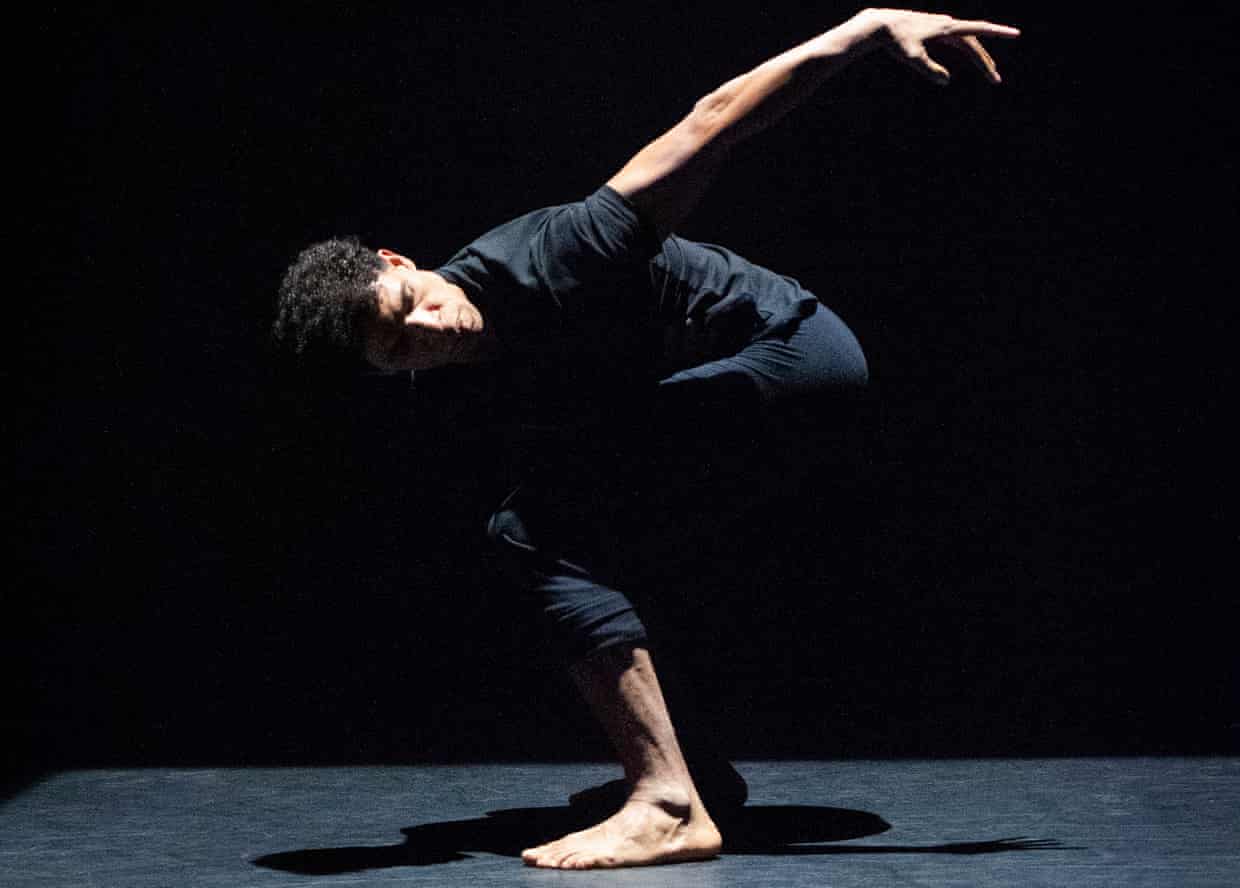
Dance
Acosta Danza: Up Close review – Carlos and co get intimate
Linbury theatre, Royal Opera House, London
The proximity to the action in this show highlights the finesse and strength of the Havana troupe
by Lyndsey Winship3 / 5 stars 3 out of 5 stars.
Only a few months since Acosta Danza were last in London, and just before they embark on a UK tour with a different programme, Carlos Acosta’s Havana-based troupe fit in some extra, more intimate shows for fans who just can’t get enough.
It’s a mixed bill where the choreography doesn’t always match the quality and vitality of those performing it. The proximity to the action at the Linbury is certainly rewarding when it comes to marvelling at the strength, finesse and finely honed physiques of the dancers, especially in Marianela Boán’s opening work, El Cruce Sobre el Niágara, with only two flesh-toned thongs between the dancers and the audience. Gluteus maximus, oh my! Inspired by a play about a tightrope walk across Niagara Falls, Carlos Luis Blanco sets out slowly in a series of fiendishly exposed balances, a master of meditative focus, all muscles and tendons levering precisely into place. Joined by Alejandro Silva, the two perfectly in sync in sculptural poses, it plays out like an exercise in calm control against the fraught activity and anguish of the music, from Messiaen’s Quartet for the End of Time, the odd contrast somehow reeling you in.

While Boán’s piece asks for exquisite stasis, more often this company’s dancers share a way of moving that sees their bodies in supple flow, powered by a glowing inner strength. You can see it in Zeleidy Crespo’s solo, Impronta (by Maria Rovira), where she moves with smoothness against the sounds of Cuban percussion. And in Juliano Nunes’s Mundo Interpretado, a piece that starts with impact but wanes, supposedly depicting the joy of Cubans but actually a subdued, if intermittently soulful, work.
Acosta himself performs the closing solo, Russell Maliphant’s Two. Most famously danced by the great Sylvie Guillem, it’s fascinating to see it on Acosta’s body, the same shapes given a different life. Acosta is measured and purposeful. Grounded on the spot he reaches and rotates within a box of light and his energy is carefully concentrated, not exploded outwards, but held close like precious breath. It’s an illustration of a mature, thoughtful dancer, who holds great magnetism and authority but doesn’t need to shout about it.
- At the Linbury theatre, London, until 24 February.